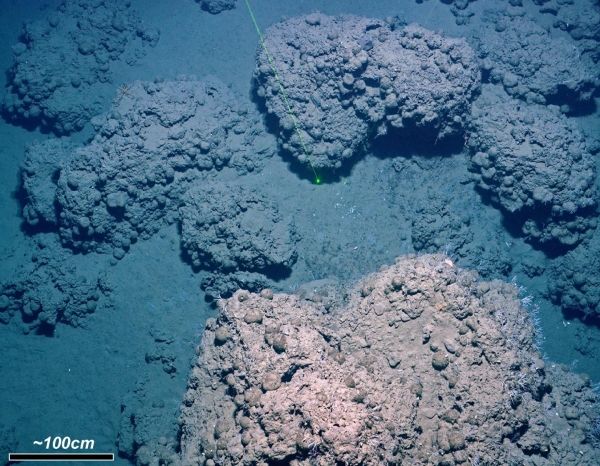Beneath the cold, dark depths of the Arctic ocean sit vast reserves of methane. These stores rest in a delicate balance, stable as a solid called methane hydrates, at very specific pressures and temperatures. If that balance gets tipped, the methane can get released into the water above and eventually make its way to the atmosphere. In its gaseous form, methane is one of the most potent greenhouse gases, warming the Earth about 30 times more efficiently than carbon dioxide. Understanding possible sources of atmospheric methane is critical for accurately predicting future climate change.
In the Arctic Ocean today, ice sheets exert pressure on the ground below them. That pressure diffuses all the way to the seafloor, controlling the precarious stability in seafloor sediments. But what happens when the ice sheets melt?
New research, published on today in Geology, indicates that during the last two global periods of sea-ice melt, the decrease in pressure triggered methane release from buried reserves. Their results demonstrate that as Arctic ice, such as the Greenland ice sheet, melts, similar methane release is likely and should be included in climate models.
Read more at: Geological Society of AmericaGeological Society of America
Massive lumps of carbonate litter the seafloor where large quantities of methane are leaking from the sediments and rocks below, marking the spot Dessandier and colleagues targeted to drill deep sediment cores. (Scale bar added by GSA.) (Photo Credit: G. Panieri)


